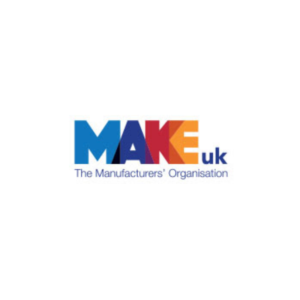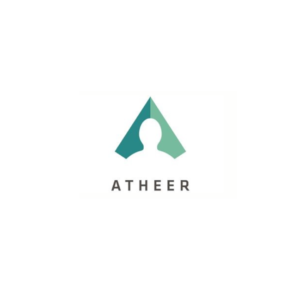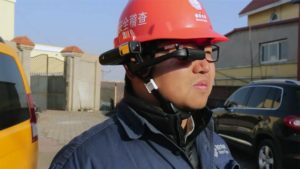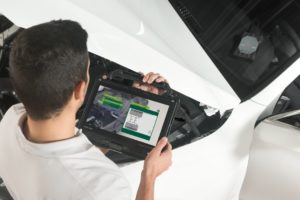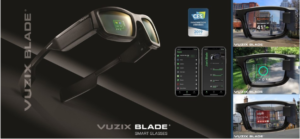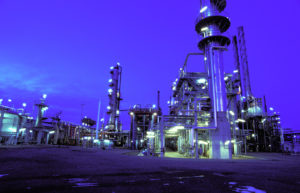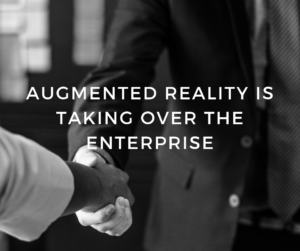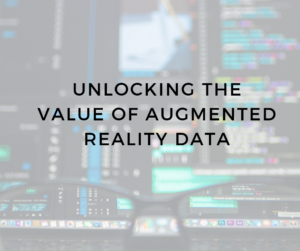The word “sensor” has become inseparable from the internet of things (IoT), where sensors detect environmental conditions and communicate these signals bidirectionally as data, whether it’s an industrial machine reporting its operating condition or your home thermostat being turned on remotely. This data is a key driver of the IoT’s global economic impact, which McKinsey estimates could reach up to $11.1 trillion per year by 2025.
Before the IoT, the two key functions of a sensor — to detect environmental change and to communicate that data — were largely carried out by humans. Today, as augmented reality (AR) technology gains adoption, humans will soon be equipped with sensors through various AR devices, such as phones and headsets. This augmentation provides uncharted opportunities for organizations to use these data insights to drive operational effectiveness and differentiate their products and services for consumers.
The AR market today is similar to where the IoT market was in 2010, generating considerable buzz and proving early value from new capabilities for users. AR’s capacity to visualize, instruct, and interact can transform the way we work with data.
Based on the lessons learned in the early days of the IoT, enterprises should be asking the question: What’s the best way to plan for AR device data and see its value, so we can build better products and processes from user insights?
The following areas are addressed:
- Smart, Connected Reality Means More User Data
- Assessing the Business Opportunities From New AR Data
- The DIKW Model (data, information, knowledge, wisdom)
- Early Use Cases for AR Insights
The article concludes with Connecting the Strategic Dots
What about the impact to a broader data strategy? Taking a step back to this level, the implications are potentially significant. The value of many data initiatives hinges on the ability to connect the dots. While IoT, digital engagement, voice of the customer, and other initiatives continue to create significant opportunities to optimize products and processes, many enterprises are running these projects in siloes because of technological or organizational constraints.
As AR emerges as a new source of context-rich data, companies that connect the dots between multiple sources from smart, connected products to CRM data, digital engagement, and other sources of insight will create the greatest opportunities.
Enterprises that want to capitalize on these opportunities should create cross-functional leads or tiger teams dedicated to the desired outcome — improving the customer experience — rather than by the traditional functional or technology-oriented alignments.
In this new data-driven world, the whole is greater than the sum of the parts, and AR just might be the missing piece you need to complete your vision.
